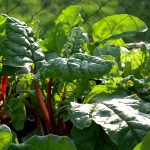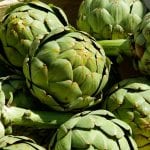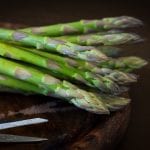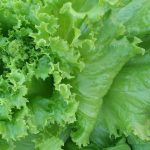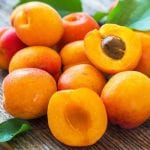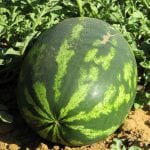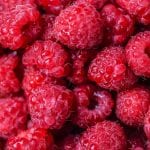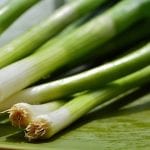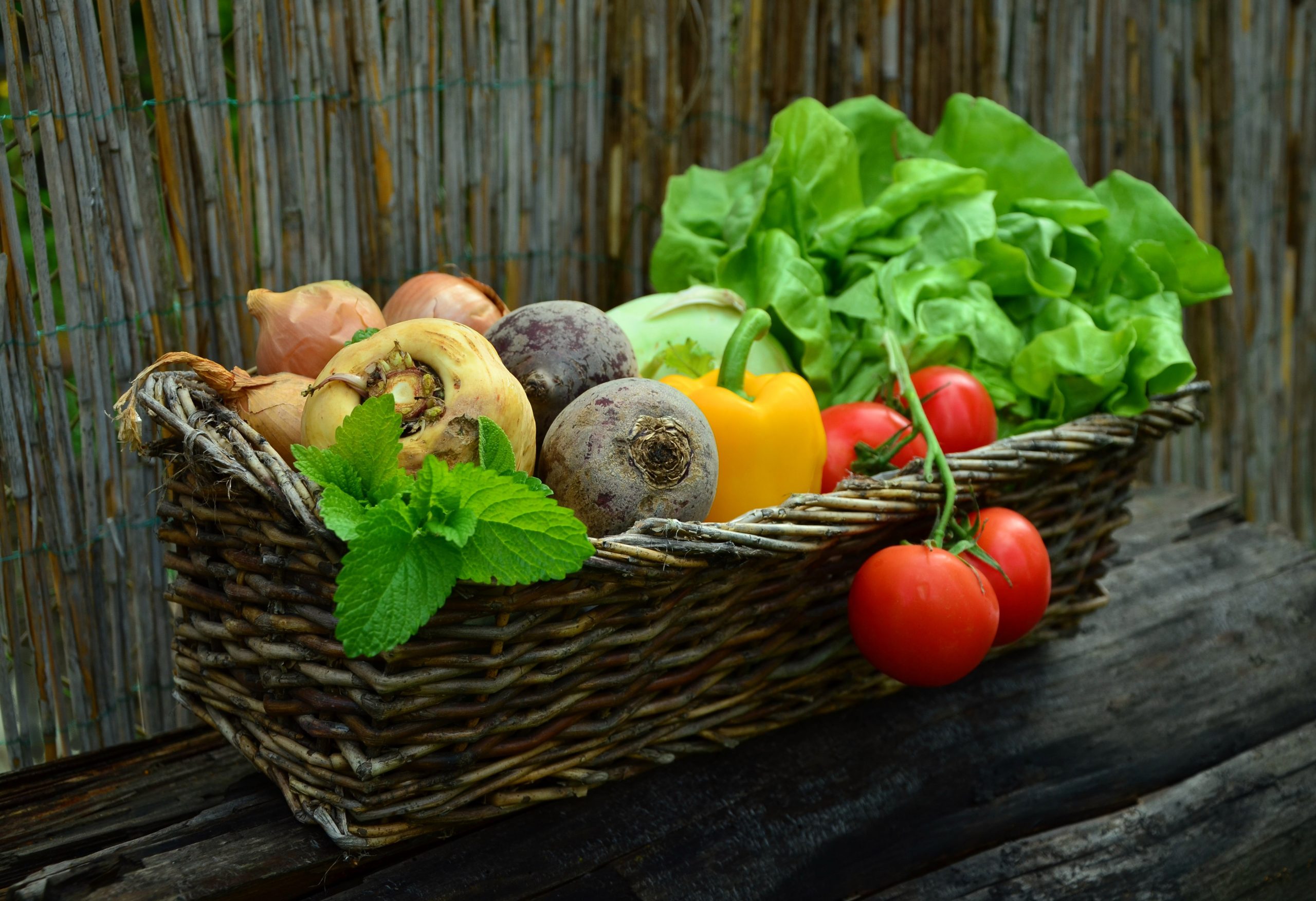
Whether you want to start a garden or a planter-garden, it will be very useful to know the fruits and vegetables in season. And it is that although thanks to greenhouses and the temperature control systems that can be installed in them, today it is normal to find this type of food in supermarkets always, but if we talk about flavor, texture, etc., many of us agree on that when they are of their time they are much better.
But if in addition to being seasonal, you have grown them yourself, then ... the quality is considerably higher, because it is you who has had control of the irrigation, the fertilizer, and you have had the option of treating the plants with home remedies when there has been some plague. For all this, we want to tell you what are the seasonal fruits and vegetables, of each season of the year.
First of all, you should know that this article is aimed especially at people who are in Spain, but it could also be used for those who are in the northern hemisphere. If you are in the southern hemisphere, keep in mind that when it is summer in Spain, for example, it is winter there. To help you, we are going to tell you when the seasons begin in one hemisphere and another:
Stations in the northern hemisphere
- Spring: March 20-21
- Summer: June 20-21
- Fall: September 22-23
- Winter: December 21
Seasons in the southern hemisphere
- Spring: September 21-23
- Summer: December 21
- Fall: March 21
- Winter: June 20-22
Seasonal fruits and vegetables, month by month
Throughout the year, as the seasons change, so do seasonal fruits and vegetables. Something that is logical. The plants that produce them have their own needs, their own resistance to cold or heat, and that is why it would be somewhat curious to find, for example, watermelon in winter because the plant that produces it is very sensitive to cold; or persimmons in midsummer, as this is when they are still maturing on the tree.
So Let's review seasonal fruits and vegetables:
Late winter and spring
March
In March the temperatures gradually begin to recover, especially at the end, although there is still little variety:
- Chard
- Avocado
- Celery
- Collar
- Cauliflower
- Endive
- Asparagus - See file.
- Spinach
- Kiwi
- Lettuce
- Lemon
- Orange
April
April is when you really start to notice that spring is here. The frosts begin to lag behind, and the temperatures rise. The fruits and vegetables this month are:
- Chard
- Artichoke
- Avocado
- Celery
- Asparagus
- Spinach
- Endive
- Pea - See file.
- Lettuce
- Carrot
May
In the fifth month of the year, temperatures are generally mild enough for many plants to grow vigorously and produce fruit. For this reason, this is when we will start to see other types of fruits and vegetables:
Late spring and summer
- Image - Wikimedia / Francisco25
June
And as time passes, June arrives and its first heats as the Andalusians would say. This is noticeable, and a lot, in the available variety of fruits and vegetables:
- Chard
- Garlic
- Apricot
- Zucchini - See file.
- Cherry
- Endive
- Raspberry
- Strawberry
- Bean
- Lettuce
- Potato - See file.
- Cucumber
- Pepper
- Carrot
July
July is when we can find more variety of seasonal fruits and vegetables before the warmest, and generally dry month arrives. Thus, we have:
- Chard
- Garlic
- Apricot
- Eggplant
- Zucchini
- Raspberry
- Strawberry
- Bean
- Peach
- Melon - See file.
- blackberry
- Nectarine
- Potato
- Cucumber
- Pear
- Pepper
- Pear
- Beet
- Watermelon - See file.
- Tomato
- Carrot
August
In the eighth month of the year, temperatures can be very, very high in many parts of Spain, and can exceed 40ºC in the south of the peninsula for example. In addition, the drought is a real problem in the country that usually worsens this month. Therefore, the variety of fruits and vegetables available is not as high as you might think:
- Eggplant
- Zucchini
- Onion
- Raspberry
- FIG - See file.
- Bean
- Lettuce
- Melon
- Potato
- Cucumber
- Pear
- Pepper
- Beet
- Watermelon
- Tomato
- Carrot
Late summer and fall
September
With the arrival of September, many communities experience a kind of second spring. Temperatures begin to drop, giving people and plants a break. Therefore, the variety of fruits and vegetables is very interesting:
- Chard
- Eggplant
- Pumpkin
- Onion
- Endive
- Spinach
- Raspberry
- Granada - See file.
- FIG
- Bean
- Apple
- Corn
- Peach - See file.
- Melon
- blackberry
- Pear
- Cucumber - See file.
- Pepper
- Leek
- Watermelon - See file.
- Tomato
- Carrot
October
October is when summer fruits and vegetables are no longer available. But instead, there are others:
- Chard
- French Fries
- Broccoli
- Pumpkin - See file.
- Onion
- Collar
- Endive
- Spinach
- Kiwi
- Leek
- Radish
- Beet - See file.
- Carrot
November
Coming to November, the frosts come back to haunt us, they may even do so earlier if we are in a mountainous area or towards the north of the country. But with these fruits and vegetables we can surely prepare dishes that help us protect ourselves from the cold, at least temporarily:
- Chard
- Avocado - See file.
- French Fries
- Broccoli
- Thistle - See file.
- Collar
- Cauliflower
- Endive
- Spinach
- Lettuce
- Lima
- Lemon - See file.
- Tangerine - See file.
- Nabo
- Orange
- Radish
- Beet
- Carrot - See file.
Late fall and winter
December
December is the last month, but not the least interesting for that. It is when Christmas is celebrated, for example, and when we can find these fruits and vegetables:
- Chard
- Avocado
- Celery
- Broccoli - See file.
- Thistle
- Khaki
- Collar
- Brussels sprouts - See file.
- Cauliflower
- Endive
- Spinach - See file.
- Kiwi
- Lemon
- Orange
- Pomelo
- Leek
- Nabo
- Carrot
January
In the first month of the year, seasonal fruits and vegetables are the following:
- Chard - See file.
- Avocado
- Celery
- Thistle
- Collar
- Cauliflower
- Endive - See file.
- Spinach
- Kiwi
- Lettuce
- Lemon
- Orange - See file.
- Leek
February
The second month is usually the coldest in Spain in many points, so the variety of fruits and vegetables does not change much compared to January:
- Chard
- Celery - See file.
- Avocado
- Collar
- Cauliflower
- Endive
- Spinach - See file.
- Kiwi
- Lettuce
- Lemon
- Orange
- Leek
So now you know, if you want to grow some of these fruits and / or vegetables, keep in mind when they are ready for consumption to know when you should sow or plant them (by clicking on the links that we have put you will be able to find out) in the garden or in pots.
